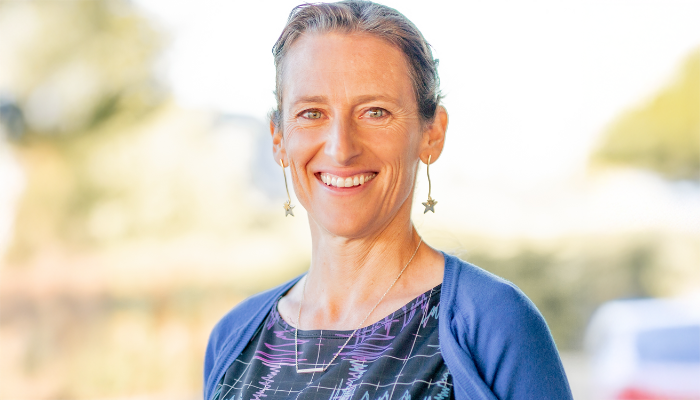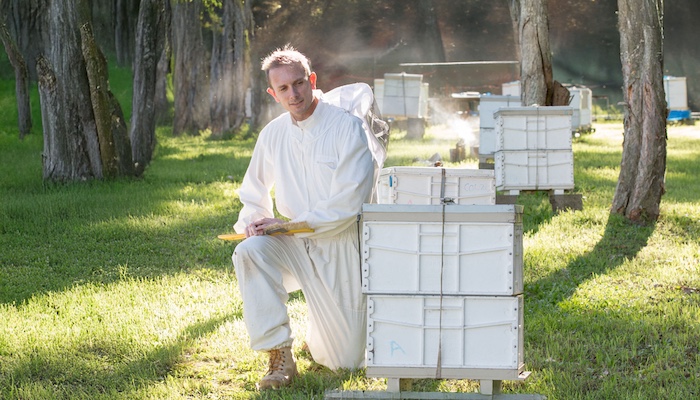Two partners in the Australian Astronomical Optics (AAO) consortium – The Australian National University (ANU, AAO-Stromlo) and Macquarie University (AAO-MQ) – will design the new $AU32-million adaptive-optics system, called MAVIS, for one of the 8-metre Unit Telescopes at the European Southern Observatory’s Very Large Telescope in Chile.
Associate Professor Francois Rigaut, the Adaptive Optics Principal Scientist at ANU who is leading the international consortium, said the upgraded telescope would revolutionise ground-based optical astronomy and provide a wider, sharper and more sensitive view of the Universe than ever before.
“Atmospheric turbulence really limits what we can see through a ground-based telescope – it’s a bit like the phenomenon of objects appearing blurry on the horizon during a hot day. MAVIS will remove this blurring and deliver images essentially as crisp as if the telescope were in space, helping us to peer back into the Universe in its infancy,” he said.
The 15-month design study – which will involve the Italian National Institute for Astrophysics and the Laboratoire d’Astrophysique de Marseille in France, with ONERA (France) as an associated partner – will start in February next year. The upgraded telescope is expected to be completed by 2025.
Professor Mike Steel, interim Director at AAO-MQ, said the design study will investigate different options for obtaining spectroscopic information from different sources simultaneously across the field, in addition to direct imaging.
“Australia has led the world in this area, for instance developing various technologies for accurately positioning hundreds of optical fibres to collect light from the desired astronomical sources,” he said.
Dr Richard McDermid, ARC Future Fellow at Macquarie University and MAVIS Project Scientist, said this ambitious instrument would enable a huge range of new science and discoveries that would otherwise not be possible.
“When we asked for ideas on research that MAVIS could tackle, the science community responded in force, with topics ranging from monitoring moons and planets in our solar system, to detecting light from the first star clusters forming 13 billion years ago,” he said.
ANU Professor Anna Moore, director of AAO-Stromlo, said the Australian government had made a major investment in astronomy through a strategic partnership with ESO, providing Australian astronomers with guaranteed access to the premier observatory.
“The success of the MAVIS bid shows the ability of the AAO consortium to bring advanced technology instrumentation contracts back to Australia,” she said.
Associate Professor Rigaut said a major part of the reward for the successful completion of the MAVIS project would be guaranteed nights of observation for the Australian astronomy community and project partners: 150 nights on the Very Large Telescope with MAVIS, which is equivalent in value to about $AU20 million.
“ESO will add a contribution of $AU12 million for the hardware, bringing the total value of the MAVIS adaptive-optics instrument to about $AU32 million,” he said.
An adaptive-optics system is made of three parts: a deformable mirror, which corrects the deformed light wave going through the atmosphere; a wavefront sensor, which senses the distortion of the light wave; and a real-time computer, which calculates the corrections.
MAVIS will have three deformable mirrors, eight wavefront sensors and five laser guide stars, and will use a technique called Multi-Conjugate Adaptive Optics to deliver its sharp images over a field of view 20 times larger than regular adaptive-optics systems.
“The novelty of MAVIS is that it will deliver its corrected images in the optical range, combined with the extended field of view – this makes it a world first,” Associate Professor Rigaut said.



